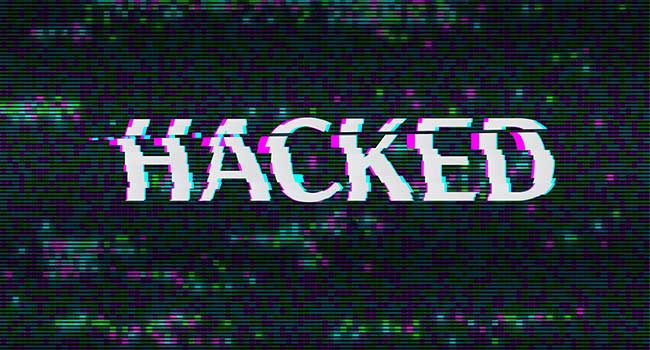
Lessons Learned from Oldsmar Water Plant Hack
- By Jeremy Rasmussen
- Apr 05, 2021
Cybersecurity experts have long warned of attacks on small municipal systems. Until hackers accessed the water treatment plant of a small Florida city this year, those warnings were “out of sight, out of mind.” Now, both local and national authorities’ perspectives on the dangers of cybersecurity attacks are changing.
The intrusion only lasted between three and five minutes, according to the Tampa Bay Times. In that time, the level of sodium hydroxide being fed to the city of Oldsmar, Florida—home to 15,000 people—was changed from 100 parts per million to 11,100 parts per million. It took five and a half hours for an employee to notice the change.
“This is dangerous stuff,” Pinellas County Sheriff Bob Gualtieri said at a news conference. Consumed in large quantities, sodium hydroxide can cause vomiting, chest and abdominal pain, skin burns, even hair loss, according to the Centers for Disease Control.
Florida Senator Marco Rubio addressed the attack on Twitter, calling it a “matter of national security.”
Why This Matters
This scenario is an example of how a critical infrastructure intrusion at any level puts residents’ lives at risk. Eric Chien, a security researcher at Symantec, described the Oldsmar city water plant as exactly the kind of utility security professionals need to worry about.
“This is a small municipality that is likely small-budgeted and under-resourced, which purposely set up remote access so employees and outside contractors can remote in,” Chien told The New York Times.
He described it further as a ripe target.
Cybersecurity breaches can have catastrophic effects on any sized municipal entities, making protection against cyber threats, compliance, and responsible data management more important now than ever.
Critical Next Steps
Luckily, raised awareness around the importance of cybersecurity has also generated strategies for preventing these same kinds of events from being repeated. Today, security professionals can prepare their municipalities for all cyber threats by following these best practices:
Segment Operational Technology (OT) away from Information Technology (IT). While OT networks control elements in the physical world, IT systems manage crucial data networks. This means, separating the two means protecting OT devices from any possible digital breach.
Be aware of any remote access software (such as TeamViewer) in your environment. These programs may reduce the need for employees on site and streamline access, from anywhere in the world. Remote access software is also the most vulnerable to cybersecurity breaches.
Mitigate potential security breaches through apps, using strong passwords, two-factor authentication strategies, and by whitelisting (i.e., only allowing authorized sites access to your IT networks).
Make sure there is always a third-party continuously monitoring for any incidents. Just as important as cyber hardness is the ability to step in and mitigate the effects of breaches in real-time.
Conclusion
The event in Oldsmar, Florida, this year was an isolated event. Hackers remotely accessed a small town’s water treatment plant and tried to poison the water supply. Local authorities were able to intervene, before any serious damage was done. But this doesn’t mean similar entities in other cities are off the hook.
Cyberattacks have the potential to put thousands of lives in danger—make sure you are implementing smart, sustainable strategies to prevent this from happening to you.
About the Author
Jeremy Rasmussen is chief technology officer at Abacode.